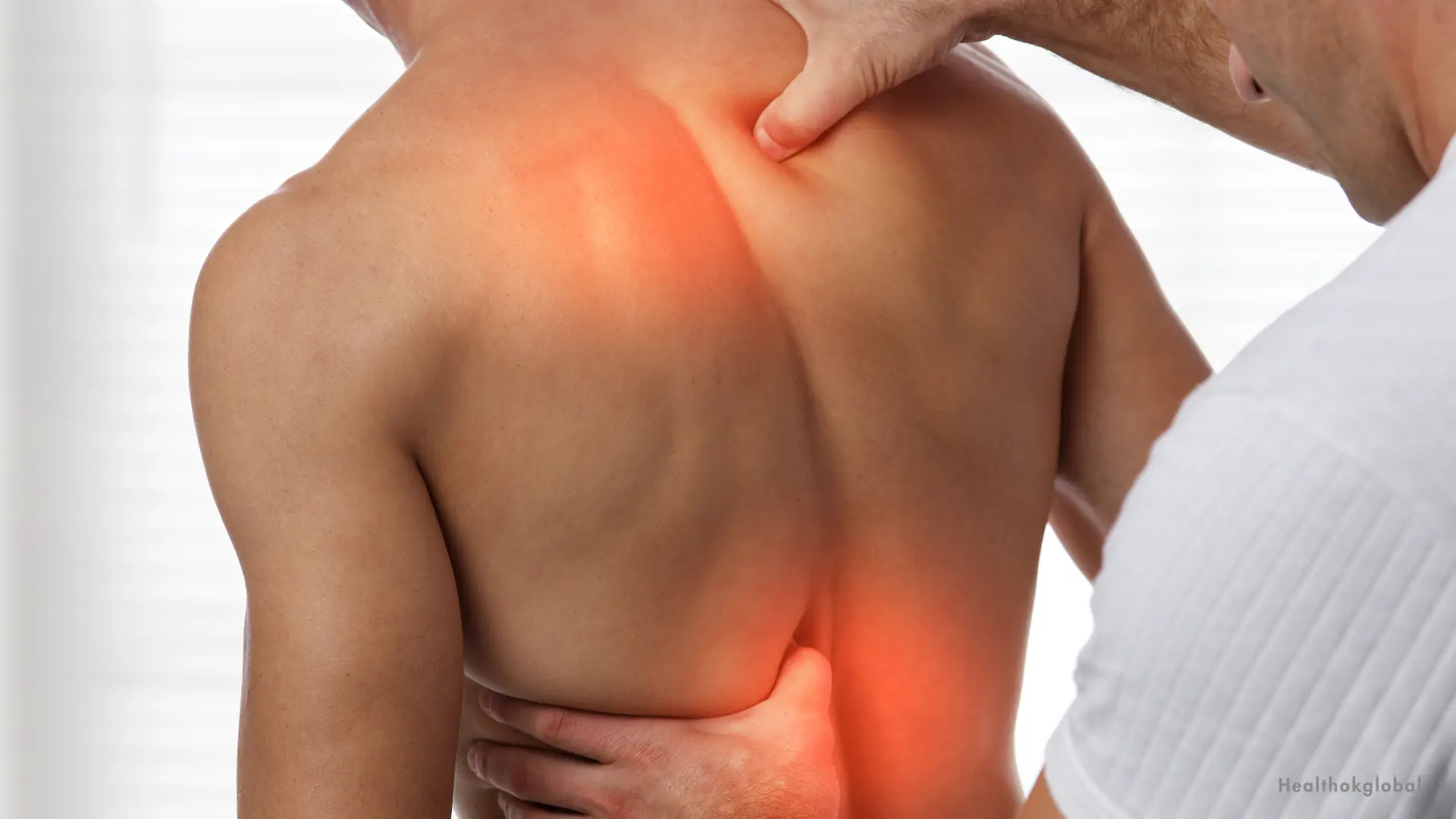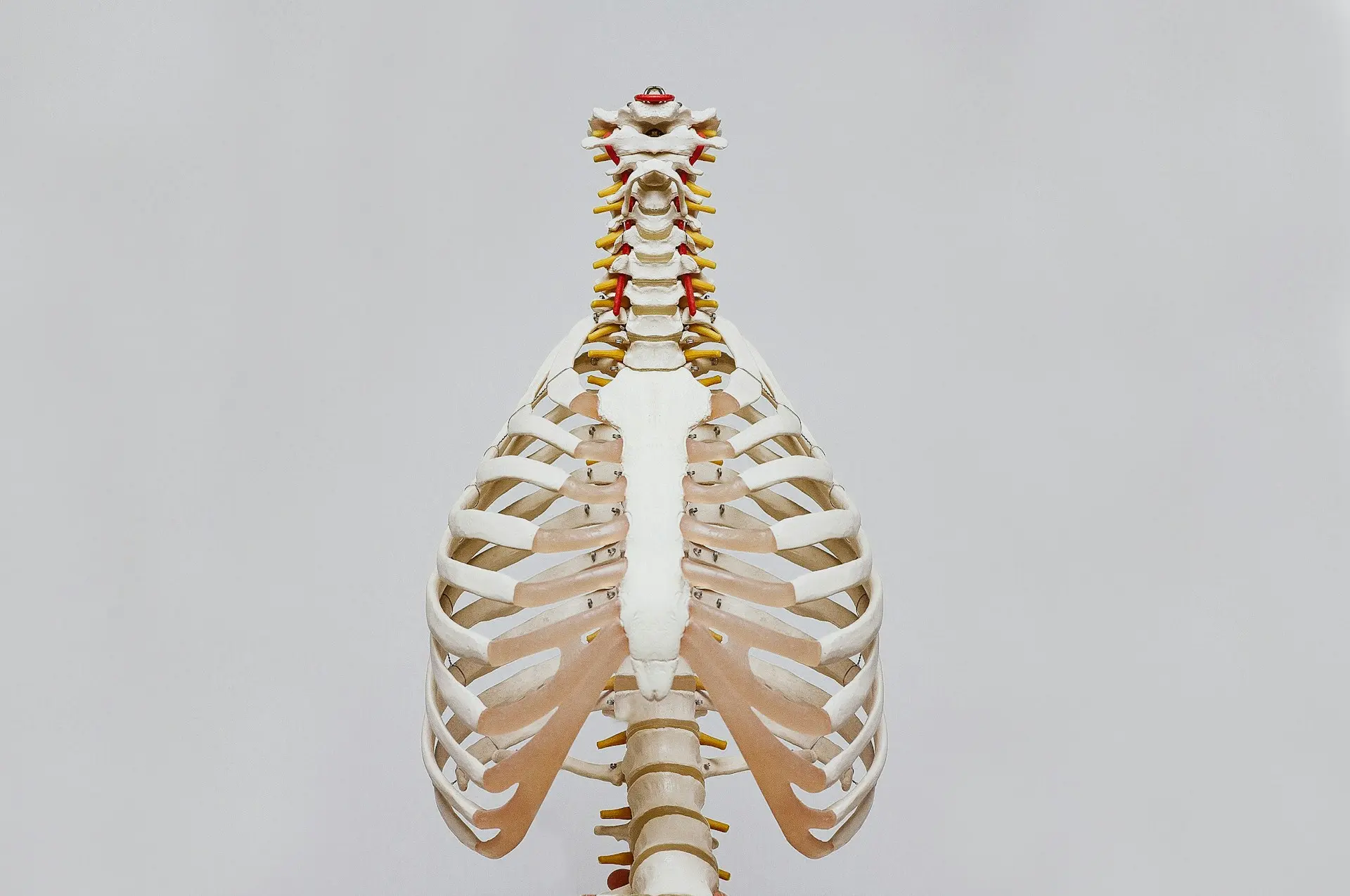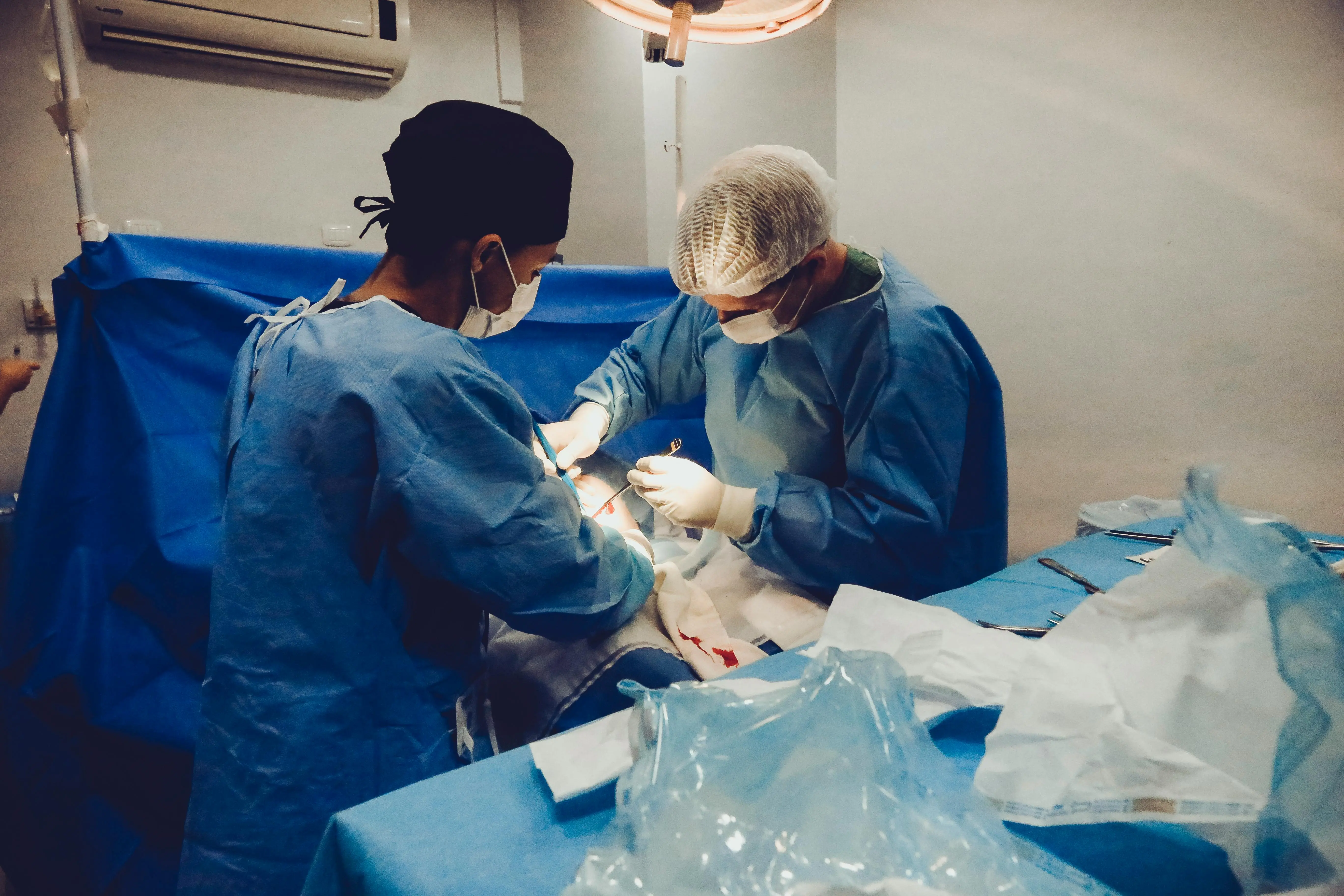High blood pressure, or hypertension, is a common condition that can lead to serious health complications if not managed properly.

Blog
Acupressure for High Blood Pressure – Key Points
High blood pressure, or hypertension, is a common condition that can lead to serious health complications if not managed properly. Acupressure, an ancient healing practice, offers a natural and non-invasive way to help manage blood pressure levels. This guide explores the key acupressure points for high blood pressure and how to use them effectively.
Acupressure is a traditional Chinese medicine technique that involves applying pressure to specific points on the body to promote healing and balance. These points, known as acupoints, are located along energy pathways called meridians. By stimulating these points, acupressure aims to restore the flow of energy (Qi) and improve overall health.
Acupressure can help manage high blood pressure by promoting relaxation, reducing stress, and improving circulation. By targeting specific acupoints, it is possible to alleviate tension in the body, enhance the function of the cardiovascular system, and support the body's natural healing processes.
Several acupressure points are known to help manage high blood pressure. These points are located on various parts of the body and can be stimulated using gentle pressure or massage techniques.
Location: LI4 is located on the back of the hand, between the thumb and index finger, in the webbing. How to Use: Apply firm pressure to LI4 using your thumb or index finger. Massage the point in a circular motion for 2-3 minutes on each hand. This point is known for its ability to reduce stress and promote relaxation, which can help lower blood pressure.
Location: PC6 is located on the inner forearm, about three finger-widths below the wrist, between the two tendons. How to Use: Apply gentle pressure to PC6 with your thumb, massaging in a circular motion for 2-3 minutes on each arm. PC6 is known for its calming effects on the heart and mind, making it an effective point for managing hypertension.
Location: LV3 is located on the top of the foot, in the depression between the first and second toes. How to Use: Apply firm pressure to LV3 using your thumb, massaging in a circular motion for 2-3 minutes on each foot. LV3 helps to regulate liver function and reduce stress, which can contribute to lower blood pressure levels.
Location: GB20 is located at the base of the skull, in the hollows on both sides of the spine. How to Use: Apply gentle pressure to GB20 using your thumbs, massaging in a circular motion for 2-3 minutes. GB20 helps to improve circulation and reduce tension in the neck and shoulders, which can help lower blood pressure.
Location: ST36 is located on the lower leg, about four finger-widths below the kneecap, and one finger-width to the outside of the shinbone. How to Use: Apply firm pressure to ST36 using your thumb, massaging in a circular motion for 2-3 minutes on each leg. ST36 is known for its ability to boost overall vitality and improve blood flow, making it beneficial for managing hypertension.
Location: HT7 is located on the wrist, on the crease just below the pinky finger. How to Use: Apply gentle pressure to HT7 using your thumb or index finger, massaging in a circular motion for 2-3 minutes on each wrist. HT7 helps to calm the mind and regulate heart function, which can help reduce high blood pressure.
While acupressure can be an effective tool for managing high blood pressure, it is essential to use it correctly and safely. Here are some additional tips to consider:
Regular and consistent use of acupressure is essential for achieving the best results. Incorporate acupressure into your daily routine to help manage blood pressure effectively.
Acupressure should be used as part of a comprehensive approach to managing high blood pressure. Combine acupressure with other therapies, such as a healthy diet, regular exercise, and stress management techniques, for optimal results.
When applying pressure to acupoints, ensure that the pressure is firm but gentle. Avoid using excessive force, which can cause discomfort or injury.
If you are new to acupressure or have any underlying health conditions, consider consulting a professional acupressure therapist or healthcare provider. They can provide guidance and ensure that you are using acupressure safely and effectively.
Several studies have explored the effectiveness of acupressure in managing high blood pressure. While more research is needed to fully understand its benefits, some studies have shown promising results.
Research indicates that acupressure can help reduce stress and promote relaxation, which are crucial factors in managing high blood pressure. By stimulating specific acupoints, acupressure can help lower cortisol levels and reduce the physiological impact of stress.
Studies have also suggested that acupressure can improve blood circulation, which can help regulate blood pressure levels. Enhanced circulation can reduce the strain on the cardiovascular system and promote overall heart health.
Acupressure offers a natural and non-invasive approach to managing high blood pressure. By stimulating specific acupoints, it is possible to reduce stress, improve circulation, and support the body's natural healing processes. Incorporating acupressure into your daily routine, along with other healthy lifestyle practices, can help you manage hypertension effectively and improve your overall well-being. Always consult with a healthcare professional before starting any new treatment, especially if you have existing health conditions.
Acupressure can help manage high blood pressure by promoting relaxation, reducing stress, and improving circulation. By targeting specific acupoints, it is possible to alleviate tension in the body, enhance the function of the cardiovascular system, and support the body's natural healing processes.
Acupressure is a traditional Chinese medicine technique that involves applying pressure to specific points on the body to promote healing and balance. These points, known as acupoints, are located along energy pathways called meridians. By stimulating these points, acupressure aims to restore the flow of energy (Qi) and improve overall health.
While acupressure can be an effective tool for managing high blood pressure, it is essential to use it correctly and safely. Here are some additional tips to consider:
Need Personalized Health Guidance?
Get expert advice tailored to your specific health needs from our qualified healthcare professionals.





